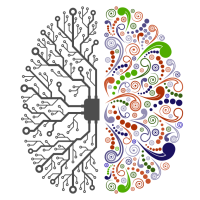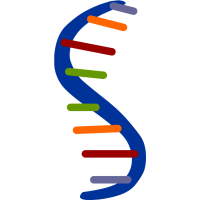The amount of video content that is being distributed over the Internet is increasing. Video providers rely on HTTP adaptive streaming approaches to deliver video clips to users. Complementary to the video provider, the service provider must determine the priority of each network stream. As part of the project, students will explore wireless network assisted strategies for http adaptive streaming by use of TOS/DSCP. This includes using machine-learning tools to analyze network video traffic and the design of reinforcement learning algorithms to improve users' video Quality of Experience.






